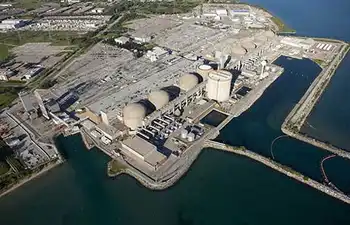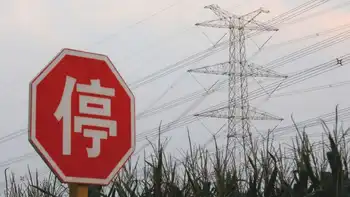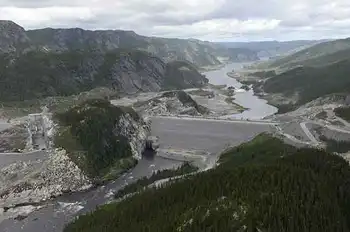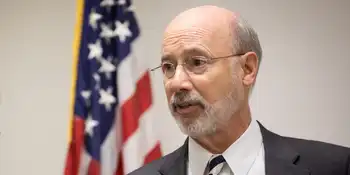The high price of burying lines
By The Commercial Appeal
NFPA 70e Training - Arc Flash
Our customized live online or in‑person group training can be delivered to your staff at your location.

- Live Online
- 6 hours Instructor-led
- Group Training Available
But it's the 4,200 miles of overhead electric lines that get the attention of most Memphis Light, Gas and Water Division customers, especially when a tree crashes down and cuts their electricity.
After back-to-back storms this year that each knocked out power to more than 60,000 MLGW customers, local utility officials have been hit with an age-old question:
Why not bury MLGW's existing overhead electric infrastructure to prevent future outages from storms and winds?
MLGW has fielded dozens of such inquiries from customers and reporters since tornadoes barreled through town Feb. 5, leaving some customers without power for as long as five days.
The bottom line, according to MLGW, is cost.
After the windstorm dubbed "Hurricane Elvis" slammed Memphis in 2003, utility officials put the price tag of burying its existing overhead electric lines at "in excess of $1 billion."
MLGW officials now say it would cost in the "$5 billion range" to put all electric lines underground - the equivalent of about 20 FedExForums.
Over a 30-year period, MLGW would have to spend about $166 million a year on underground electric system infrastructure, compared to the roughly $70 million paid now to maintain overhead lines, said Alonzo Weaver, MLGW's vice president of engineering and operations.
Furthermore, Weaver said MLGW believes the life span of an underground system would be about 30 years, compared to the 50-year life of an overhead system. So once the underground system is paid for after 30 years, MLGW would have to start paying for it again.
"What we try to do is strike a balance," Weaver said. "...We look at our standards. We try to put in the best system that we can put in for the money and try to provide the best reliability we can for the money."
In maintaining its overhead system, MLGW spends about $9 million a year on tree trimming, which has increased by about $3 million over the past five years.
Industry officials say there are some benefits to going underground.
There are the aesthetics of not having power lines crisscross the city, which has been a central argument since Lady Bird Johnson started pushing for the "beautification" of America in the 1960s and targeted overhead electric lines.
In addition, power outages from storms are less frequent when lines are underground. But outages indeed occur with underground lines - whether they stem from equipment failure, water seepage or animals that eat through cables - and those outages often take longer to diagnose and repair.
But the expense of installing underground lines, which can be almost 10 times the cost of new overhead power lines, is the major factor nationwide in whether utilities bury existing lines, said Mike Hyland, vice president of engineering at the American Public Power Association.
Every city in the country, he said, struggles with this issue.
"The question always comes up right after storms, because people don't care about cost right now. They want their juice flowing. They want their refrigerator on. They want their heater on, and all they're caring about is 'do whatever it takes to get me electricity,'" he said.
"... Underground has its value and has its good side. But don't believe the hype that it's the greatest thing since sliced bread."
Still, as new subdivisions spring up across Shelby County, miles of underground electric cables are being installed.
In 1996, MLGW started requiring that low-voltage service lines extending to individual homes in new subdivisions be installed underground and offered incentives to developers to promote the underground installation of high-voltage "primary" lines, which was done in response to the devastating ice storm of 1994.
Just over one-third of MLGW's roughly 6,700 miles of electric distribution lines are now underground.
City Councilman Bill Morrison, who is vice chairman of the council's MLGW committee, said, aesthetically, he'd like to see MLGW bury all its existing power lines.
But he said the capital cost - which would be passed along to customers through higher utility rates - may be too great an obstacle.
"We really don't want to do that," Morrison said of raising rates for such a project. "We're making it more and more difficult to live in the city."











